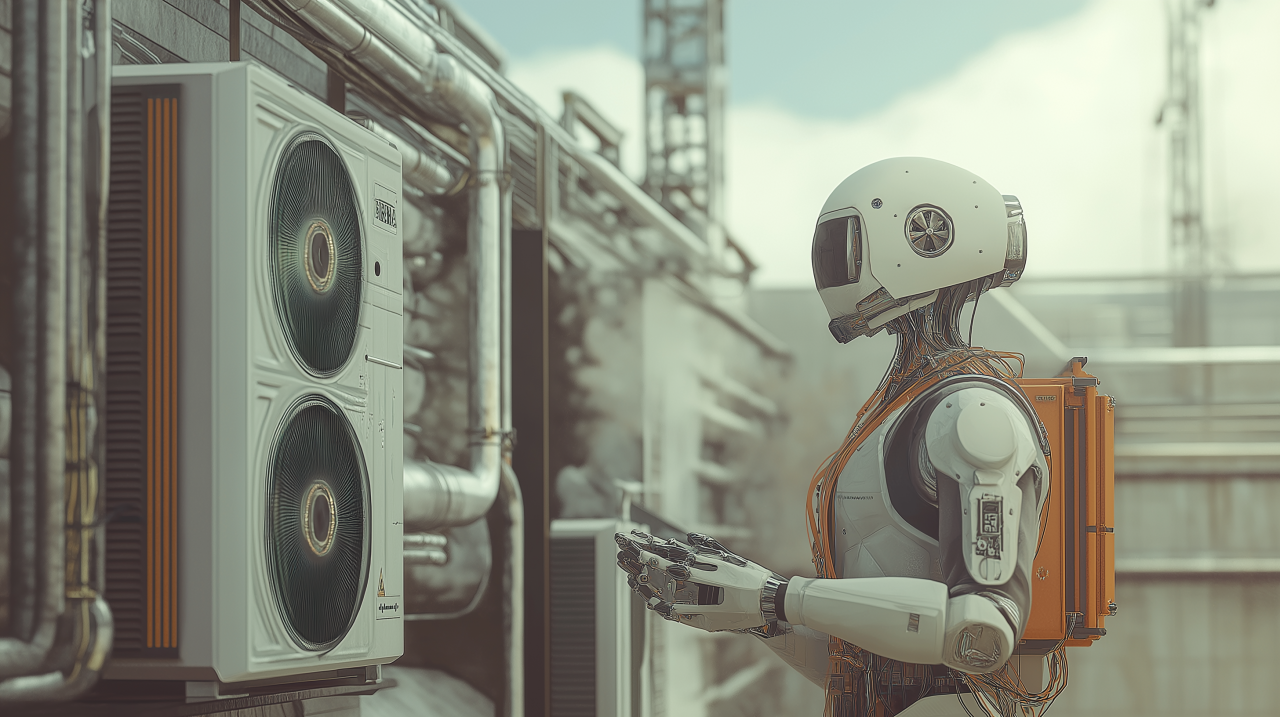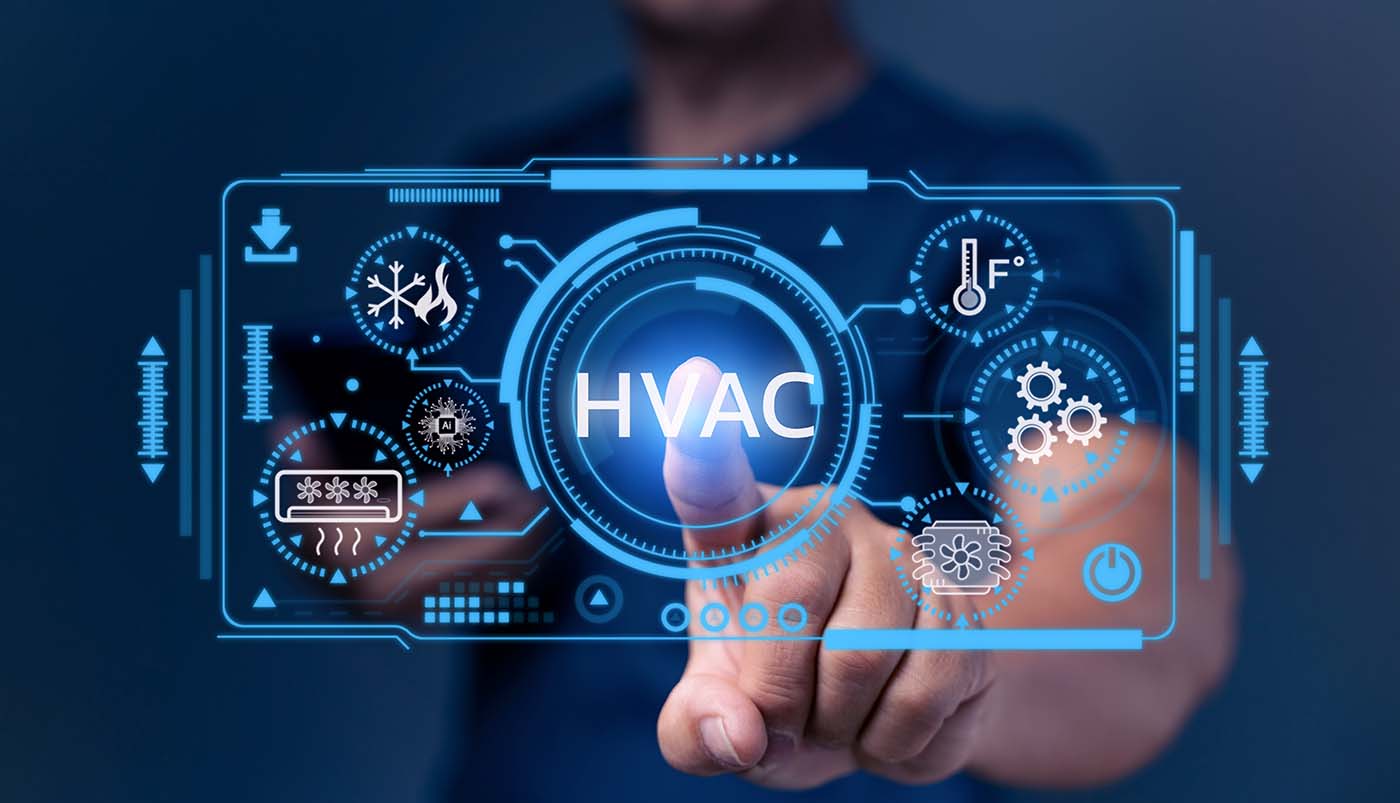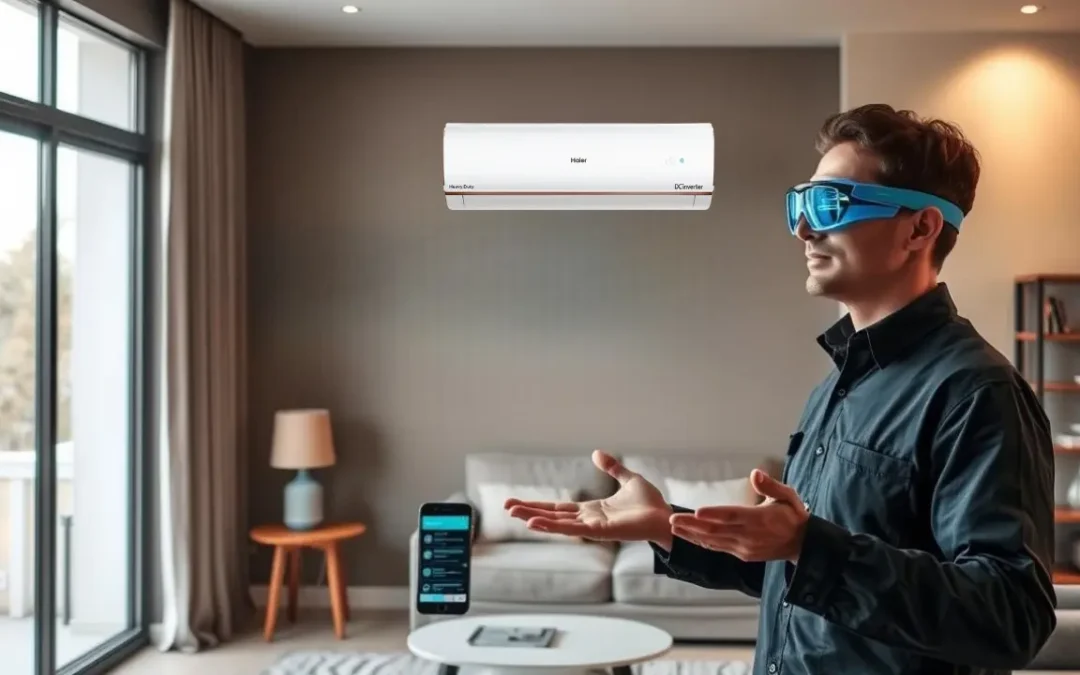In recent years, the role of computer vision in HVAC checks has become increasingly significant. With advancements in technology, the integration of computer vision into Heating, Ventilation, and Air Conditioning (HVAC) systems has transformed the way these systems are monitored and maintained. For industry QA professionals, understanding this role is pivotal in ensuring optimal system performance and efficiency.

Understanding Computer Vision
At its core, computer vision is a field of artificial intelligence that enables computers to interpret and make decisions based on visual data. By mimicking human vision, computer systems can analyze images and videos, identifying patterns and insights that are not easily detected by the human eye. This capability is particularly crucial in HVAC predictive maintenance, where visual data is abundant.
How Computer Vision Works
Computer vision involves several key processes, including image acquisition, processing, and analysis. These processes allow the system to capture visual data, process it using algorithms, and analyze it to derive actionable insights. This technology’s application in HVAC systems involves monitoring various components, such as ducts, filters, and fans, ensuring they function correctly and efficiently.
Benefits of Computer Vision in HVAC
The integration of computer vision in HVAC checks offers numerous benefits. Primarily, it enhances the accuracy and efficiency of system diagnostics, allowing for real-time monitoring and maintenance. This technological leap reduces the likelihood of system failures, improves energy efficiency, and extends the lifecycle of HVAC components.
Improved Accuracy
By utilizing computer vision, HVAC systems can detect issues with a higher degree of precision than traditional methods. This accuracy is crucial in identifying potential problems before they escalate, saving time and resources in the long run.
Energy Efficiency
Another significant advantage is the improvement in energy consumption. Computer vision technologies optimize HVAC operations, ensuring that systems run only when necessary and at optimal settings. This leads to reduced energy waste and cost savings for businesses and homeowners alike.
Applications of Computer Vision in HVAC Systems
The role of computer vision in HVAC checks extends to several applications, each designed to improve system performance and reliability. From airflow analysis to real-time diagnostics, these applications are revolutionizing the HVAC industry.
Airflow Analysis
Through computer vision, HVAC systems can conduct detailed airflow analysis, identifying blockages or inefficiencies in air distribution. This capability ensures that spaces are evenly heated or cooled, enhancing comfort and reducing energy waste.
Real-Time Diagnostics
Real-time diagnostics enabled by computer vision allow for continuous monitoring of HVAC systems. This proactive approach means that any deviations from normal operations are immediately flagged, allowing for prompt intervention. For more details, check out this article on real-time HVAC diagnostics.
Challenges and Considerations
While the benefits are clear, integrating computer vision into HVAC systems is not without its challenges. Cost, complexity, and data privacy are significant considerations for businesses looking to adopt this technology.
Cost Implications
The initial investment in computer vision technology can be substantial. However, businesses must weigh these costs against the long-term savings and efficiency gains that such a system offers. For insights into how AI is transforming HVAC, visit Evans Plumbing.
Data Privacy
With computer vision systems collecting vast amounts of visual data, ensuring data privacy and security is paramount. Companies must implement robust data protection measures to safeguard sensitive information.
The Future of HVAC with Computer Vision
As technology continues to evolve, the role of computer vision in HVAC checks is set to expand further. Emerging trends indicate a move towards more sophisticated systems capable of self-correction and autonomous operation. For a look into these innovations, explore the Stroboscope in Smart Factories.
Autonomous HVAC Systems
The future of HVAC lies in autonomous systems that utilize computer vision for self-monitoring and adjustments. These systems promise unprecedented levels of efficiency and reliability, setting a new standard for building climate control.
Conclusion
The role of computer vision in HVAC checks is undeniably transformative. By enhancing diagnostic accuracy, improving energy efficiency, and paving the way for autonomous systems, computer vision is revolutionizing the HVAC industry. As these technologies continue to advance, the potential for improved system performance and sustainability grows, offering exciting opportunities for businesses and consumers alike.

FAQs
What is computer vision in HVAC systems?
Computer vision in HVAC systems involves using AI to interpret visual data, enhancing system diagnostics and performance.
How does computer vision improve HVAC efficiency?
By optimizing operations and providing real-time diagnostics, computer vision reduces energy consumption and maintenance costs.
What are the challenges of integrating computer vision in HVAC?
Challenges include high initial costs, technical complexity, and ensuring data privacy and security.
This article contains affiliate links. We may earn a commission at no extra cost to you.
